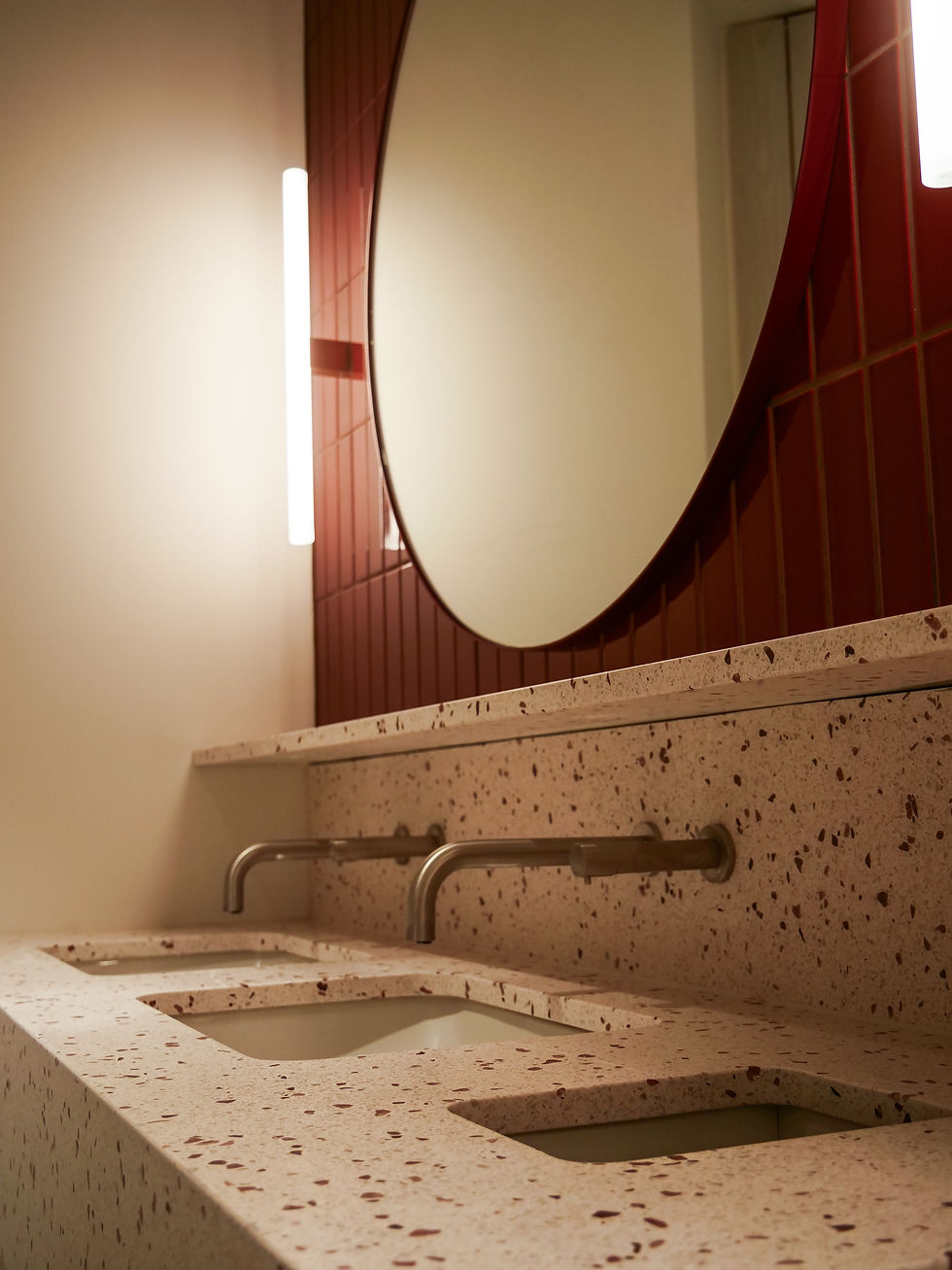Data-Driven Designs: Harnessing Analytics for Optimal Business Building Efficiency
- kelseymcmullan
- Jan 8, 2024
- 3 min read
In an era defined by information and technology, businesses are increasingly turning to data-driven approaches to optimise their efficiency and decision-making. Nowadays, it’s all about maximum efficiency and positive results, so gaining insight into methods of improvement is the way forward for any forward-thinking business.
The integration of analytics into the design process has emerged as a transformative force, giving rise to Data-Driven Designs. There’s a lot to be gained from leveraging analytics for business building efficiency, and learning how this innovative approach is reshaping the way organisations plan, construct, and operate their physical spaces.

Data in Design
Traditionally, design decisions for business buildings were often guided by intuition, experience, and aesthetic considerations. While these factors remain important, the incorporation of data and analytics provides a more objective and evidence-based foundation for decision-making.
Manufacturing companies can record timings for their processes and then analyse the data to improve machine operations for peak efficiency. Implementing these improvements can optimise performance and reduce costs.
Space optimisation
One of the key advantages of data-driven design is the ability to optimise space utilisation. By leveraging sensors, IoT devices, and other data collection methods, businesses can gather valuable insights into how their spaces are used. This information can then inform decisions about layout, seating arrangements, and resource allocation.
For example, heat maps generated from sensor data can reveal high-traffic areas within an office space, allowing designers to strategically place collaborative zones or amenities.
This optimisation not only enhances the overall functionality of the space but also contributes to a more productive and engaging work environment.
User enhancement
Understanding how occupants interact with a space is crucial for creating an environment that enhances the user experience. Data-driven design enables businesses to collect and analyse user behaviour data, uncovering patterns that influence design decisions. This significantly reduces a lengthy research process.
For retail spaces, this might mean analysing customer movement within a store to establish product placement or design effective store layouts. In office settings, it could involve studying employee behaviour to create workspaces that promote collaboration and well-being.

Energy efficiency and sustainability
Analytics play a pivotal role in promoting energy efficiency and sustainability in business building design. By monitoring energy consumption patterns and environmental conditions, organisations can identify opportunities to reduce their carbon footprint.
Smart building technologies, powered by data analytics, enable businesses to implement dynamic lighting and climate control systems that respond to real-time occupancy and usage patterns.
This not only lowers energy costs but also aligns with sustainability goals, showcasing a commitment to environmental responsibility.
The Future of Data Driven Designs
As we look ahead, the role of data in design is set to expand even further. Several trends will likely shape the future of data-driven designs in business building efficiency.
Artificial Intelligence/Machine Learning Integration
The integration of AI and machine learning (ML) algorithms will enhance the predictive capabilities of data-driven design. These technologies can analyse vast datasets to uncover nuanced patterns and offer insights that go beyond human analysis.
Adaptive Environments
Data-driven designs will pave the way for more responsive and adaptive environments. Buildings equipped with sensors and smart technologies will be able to dynamically adjust based on real-time data, creating spaces that continually evolve to meet the changing needs of occupants.
Human-Centric Focus
The future of data-driven designs will place an even greater emphasis on human-centric design. Understanding and responding to the needs, preferences, and well-being of occupants will drive the creation of spaces that not only offset efficiency but also enhance the overall quality of life.

Overall, data-driven designs are introducing a new era of business building efficiency, where decisions are rooted in evidence, and spaces are optimised for maximum impact. The integration of analytics is not just a technological trend, it's a fundamental shift in how we approach design, placing the needs of occupants and the goals of organisations at the forefront.
As businesses continue to leverage the power of data to shape their physical environments, we can expect to see a cascade of benefits, from improved productivity and energy efficiency to more engaging and sustainable spaces.
Embracing data-driven designs isn't just a choice; it's an investment in the future of business buildings that goes beyond aesthetics and functionality. It's about creating spaces that evolve and adapt to meet the ever-changing needs of the people within them.
About Maxwood Washrooms
As a manufacturer of luxury commercial washrooms, Maxwood Washrooms is a frontrunner in design suitability and improvements using the latest technology available.
We believe that all washrooms should be human-centric focused, and data driven design enables us to efficiently optimise available space for maximum user engagement.
With sustainability at the forefront of our agenda, we’re always first to implement strategies that allow us to monitor energy consumption patterns and environmental conditions.





Comments